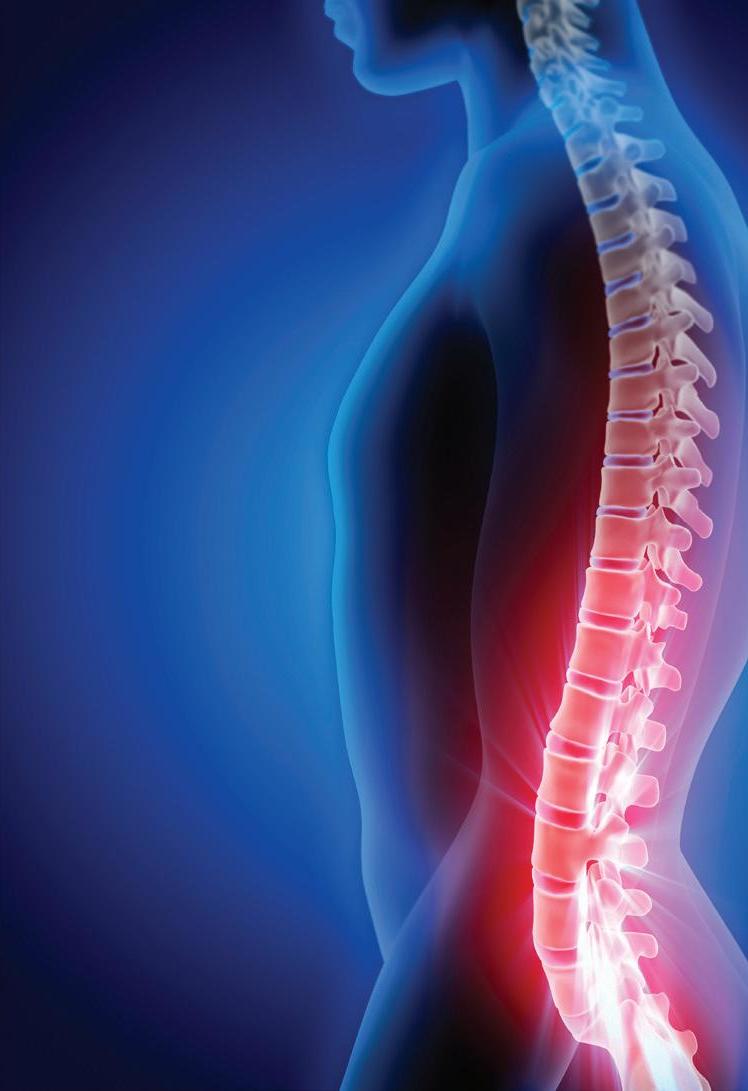
1 minute read
How Does the Vertiflex Procedure Help Pain?
by ROX Media
HOW DOES THE Vertiflex Procedure
HELP PAIN?
by Donna Werking, Owner, Northern AZ Social, LLC
Vertiflex Procedure is a surgical treatment for moderate cases of lumbar spinal stenosis.
It is a minimally invasive and stand-alone implant that is placed inside the spine to help prevent reduction of the space when standing or walking.
This type of treatment also is known as an interspinous process decompression. It provides relief by lifting pressure off the nerves to alleviate leg and back pain symptoms that often accompany the condition.
Developed with patient safety and comfort in mind, this FDA-approved, outpatient treatment aims to give those with lumbar spinal stenosis the freedom to get on with their daily lives because it offers a significant reduction in symptoms and improves physical function.
PROCEDURE OVERVIEW
For the Vertiflex Procedure, a patient is positioned face down on his/her stomach, and a local anesthetic and/or general anesthesia is administered.
With the use of real-time imaging (fluoroscopic guidance), the surgeon makes one small incision in the lower back and implants the IPD spacer between two spinous processes (e.g., lumber 4-lumber 5). The surgical incision is then closed.
Generally, the procedure takes 15 to 45 minutes to perform depending on whether one or two spacers are implanted.
AFTER THE PROCEDURE
You can expect some soreness, and your incision site will have a few stitches or staples that should be kept clean and dry until the first follow-up visit, usually seven to 14 days after having the procedure.
For six weeks following your procedure, limit all lifting, bending, twisting and strenuous activity. Light activity such as walking is allowed.










